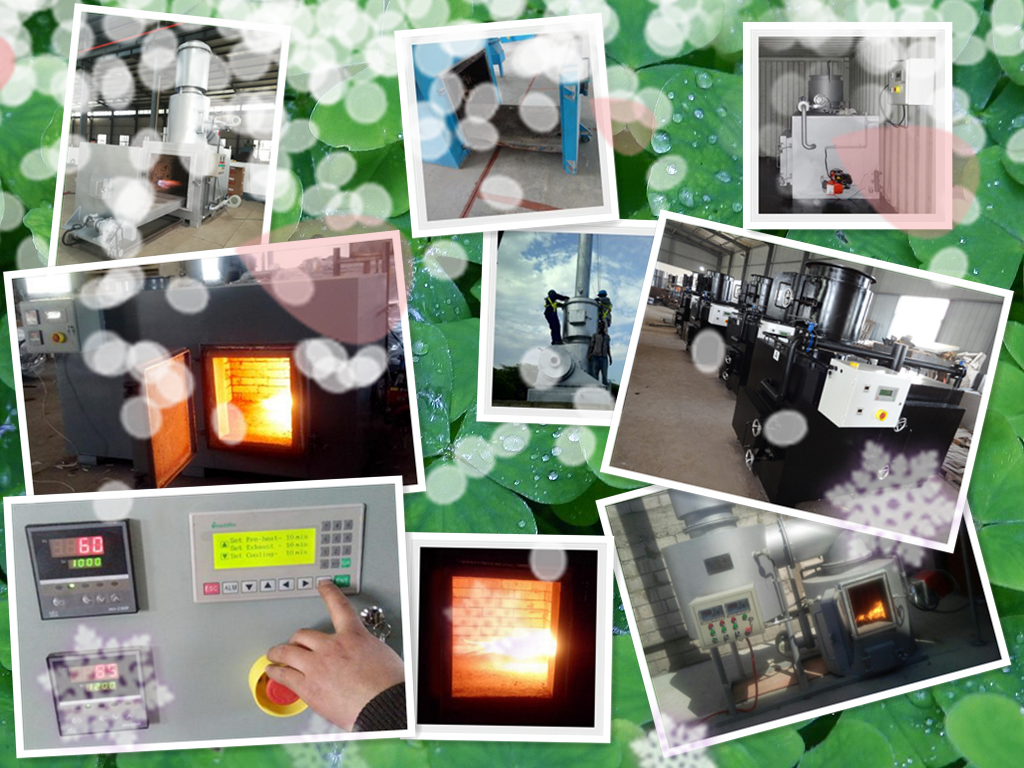In today’s world, the issue of waste management is becoming an increasingly pressing concern. The growing population and urbanization have led to a significant increase in the amount of waste generated, putting immense pressure on landfills and the environment. However, advancements in waste to energy technology have brought new hope for turning trash into a valuable resource.
Waste to energy technology, also known as WtE, refers to the process of converting solid waste into energy through various methods such as incineration, gasification, or anaerobic digestion. This technology not only helps in reducing the volume of waste in landfills but also produces renewable energy in the form of electricity, heat, or biofuels. This makes it a promising solution for both waste management and renewable energy generation.
One of the most common methods of waste to energy technology is incineration, which involves the combustion of waste to generate heat. This heat is then used to produce steam, which drives turbines to generate electricity. While traditional incineration methods were criticized for air pollution and greenhouse gas emissions, modern waste to energy facilities are equipped with advanced emission control technologies, making them much cleaner and more efficient.
Another promising method of waste to energy technology is gasification, which involves converting organic waste into a synthetic gas (syngas) that can be used to generate electricity or produce biofuels such as ethanol or biodiesel. Gasification offers a more efficient and environmentally friendly way of extracting energy from waste, as it produces fewer harmful emissions compared to conventional incineration.
Furthermore, anaerobic digestion is gaining traction as a waste to energy technology for organic waste such as food scraps and agricultural residues. This process breaks down organic matter in the absence of oxygen, producing biogas that can be used for heat and power generation or as a renewable fuel for vehicles.
The promise of waste to energy technology extends beyond just energy production. By diverting waste from landfills, it helps in reducing greenhouse gas emissions and mitigating environmental pollution. This is particularly important in tackling the global waste crisis and the growing concern of climate change.
In addition, waste to energy technology can also contribute to a more sustainable and circular economy. By converting waste into a valuable resource, it creates new opportunities for recycling and recovery, thereby reducing the reliance on finite natural resources and promoting a more sustainable approach to waste management.
While waste to energy technology holds great promise, there are still challenges to overcome, including high initial investment costs, technological complexities, and public perception. It is crucial for policymakers, industry stakeholders, and the public to recognize the potential of waste to energy technology and support its development through incentives, regulations, and public awareness campaigns.
In conclusion, waste to energy technology offers a promising solution for turning trash into a valuable and renewable resource. With continued advancements and support, it has the potential to play a significant role in addressing both the waste management crisis and the growing demand for renewable energy. As we strive towards a sustainable future, waste to energy technology could prove to be a crucial piece of the puzzle.



